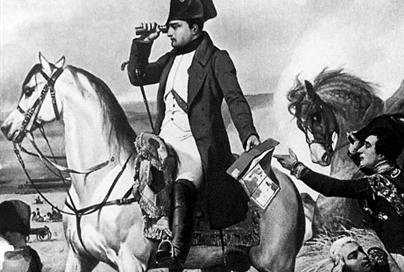Maps-Empires, Taxonomies-Enterprises
Good friend Kan Siew Ning sent me this link on a period in the history of mapmaking in France. In 1804 Napoleon was particularly frustrated because his engineers were being employed to draw up the old fashioned “cadastral” maps – essentially estate maps showing the boundaries and contents of each estate – and not topographical maps (he calls them military maps because of their usefulness in navigating and dominating entire territories). From a national perspective this was an unstandardised patchwork of inward looking representations giving very little perspective of the whole, and not attending at all to the interstices and infrastructure (roads, highways, common land, intervening wilderness) that glued the estates together. From an 1804 letter to General Louis Alexandre Berthier:
“The ingenieurs-geographes are being asked to make cadastres instead of military maps, which means that, 20 years from now, we shall have nothing. If we had stuck to making maps on Cassini’s scale, we should already have the whole Rhine frontier. Experience shows that the biggest mistake in general administration is trying to do too much. The result is that one lacks the essential.”
There’s a strong parallel with the problem of enterprise taxonomies today. We waste so many resources managing the organisation of our “estates” – little silos and walled gardens of information – and not looking after the topography of the whole, what Napoleon calls “the essential”. And for all the strengths of Enterprise 2.0 it still hasn’t overcome the walled garden problem, just created even more focus on the cadastral maps, and in some cases even makes a virtue of questioning the need for topographical taxonomies.
What topographical maps are to Empire, so enterprise taxonomies are to enterprise information, records and knowledge management. Essential.

1 Comment so far
Page 1 of 1 pages
Comment Guidelines: Basic XHTML is allowed (<strong>, <em>, <a>) Line breaks and paragraphs are automatically generated. URLs are automatically converted into links.

check out Dutch “rutters”—personal navigation handbooks made and kept by merchant captains. Considered state secrets in the age of the Dutch merchant empire.
In Roman and medieval times, travelers and scholars kept Vade Mecums ("Go with Me” I believe)—self-created travel handbooks and guides.
And then, there’s The Hitchhikers’ Guide to the Galaxy—invaluable for interstellar travel.
Posted on February 09, 2008 at 01:03 AM | Comment permalink